This lesson includes the design and fabrication of chess sets as well as a redesign of a chess set for the visually impaired. Students learn how to design and fabricate daily objects as well as how to improve them to enhance social inclusion. The learning experience includes a theoretical introduction to teach concepts related to the design of chess sets, student working groups, and a final chess set competition. The teaching of chess is not only about promoting cognitive skills and academic achievement, but also increasingly oriented towards social goals.
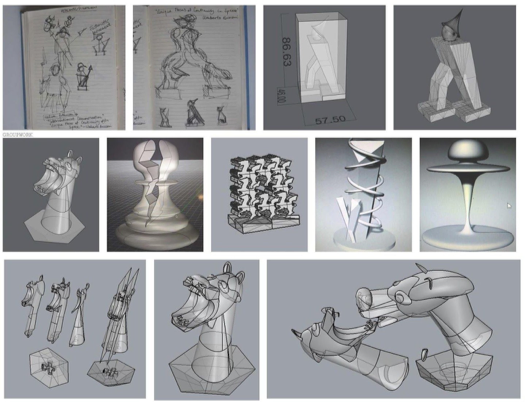
Materials List
3D printing filament
Sheet material for laser cutting (acrylic, sheet wood, cardboard, etc.)
Vinyl sheet material for vinyl cutter
Clay
Digital Fabrication Equipment Details
Hardware
3D printing Equipment
Laser cutter
Vinyl cutter
Molding and Casting (optional)
Software
2D Vector CAD Software (e.g. Inkscape or CorelDraw)
3D CAD Software (e.g. Sketchup, TinkerCAD, Rhino etc.)
https://drive.google.com/drive/folders/0B3tPBZnliO7bbUpGd2xGaWw4VkE?usp=sharing
Step One: Chess Game Design Basics
Essential Question: Why is the Queen the most powerful piece on the board?
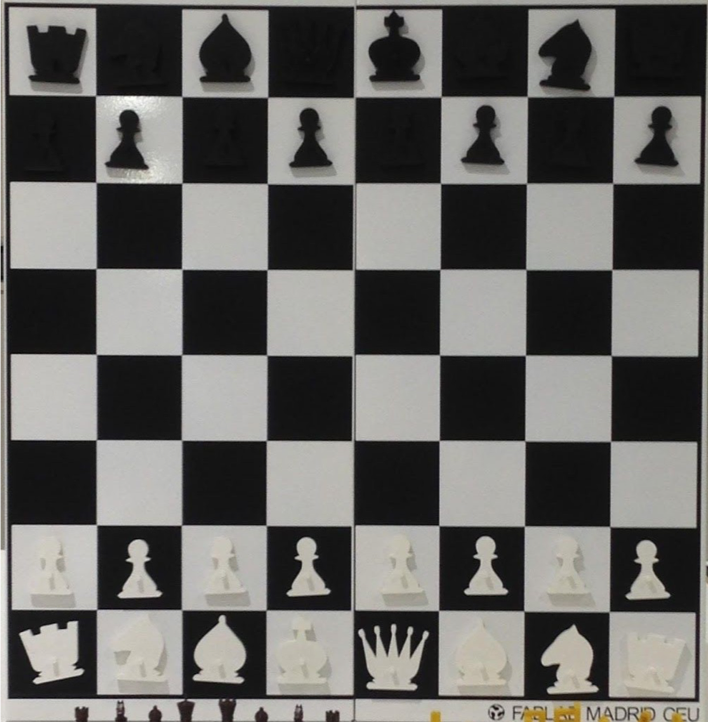
Explain the movement of each chessmen and their standard valuations:
The king is the most important piece in the game of chess. This is because the objective of the game is to capture your opponent’s king.
The queen is the second most important piece on the board, but the most powerful. The queen can move any number of spaces in any direction. (9 Points)
The rook has the ability to move any number of spaces horizontally or vertically. Some people call this piece the “castle”. (5 Points)
The Knight unlike any other piece on the chessboard can ‘jump over’ another piece. Often described as “1,2, over.” The knight moves in an “L” shape motion either two spaces horizontally and one space vertically, or two spaces vertically and one space horizontally. (3 Points)
The Bishop can move diagonally any number of squares in any direction (3 Points)
A pawn can move forward one space. However, from its starting position a pawn can advance two spaces (1 Points).
Formative Assessment:
Define a rank.(Horizontal rows of the chess board)
Define a file (Vertical columns of the chess board)
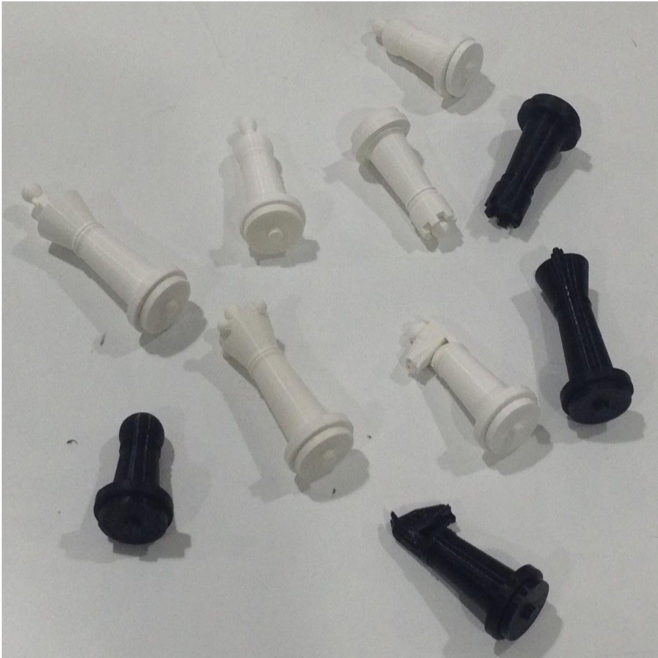
Step Two: Plan Your Own Chess Set Design
Design Process
TEACHER NOTE: Before the class begins, read “How the Chess Set Got Its Look And Feel”, https://www.smithsonianmag.com/arts-culture/how-the-chess-set-got-its-look-and-feel-14299092/
Prepare to discuss the following facts in whole class discussion:
Essential Question: What are the major changes in Daniel Weil’s redesign of the classic chess set?
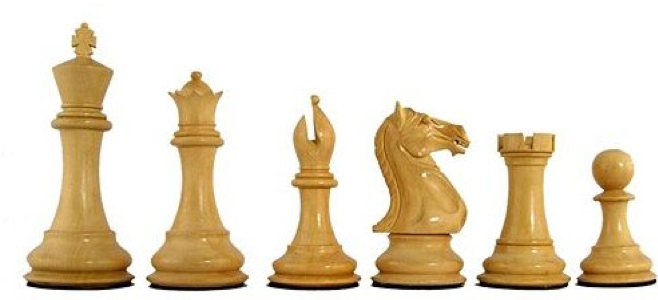
Essential Question: What characters will you use to replace the traditional pieces?
Students will design their chess pieces using the following instructions:
Choose a theme for your chess set. Your theme should reflect your interests, and the time and place in which you live.
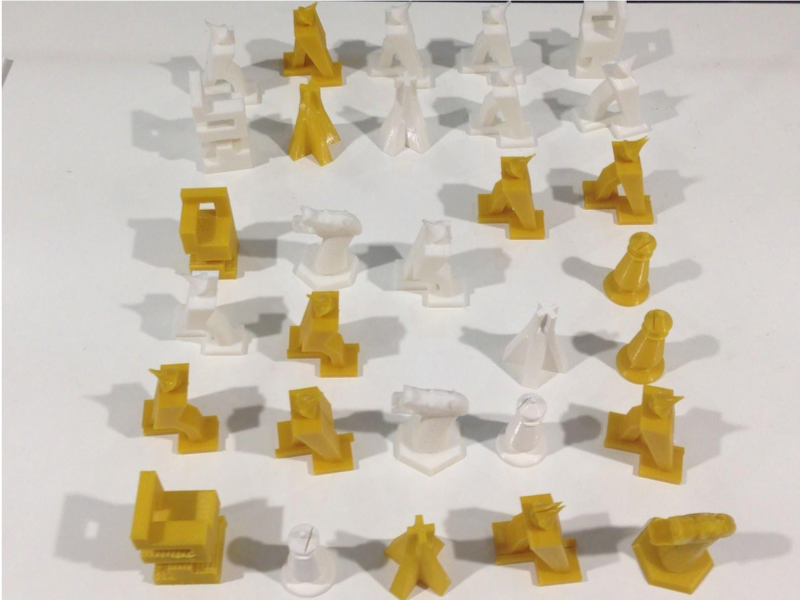
TEACHER NOTE: Decide whether the students will work individually or in groups. Have the students save their process work, i.e first drafts to final ones.
Formative Assessment:
Provide students feedback on their ability to:
Step Three: The chess set, reimagined digitally
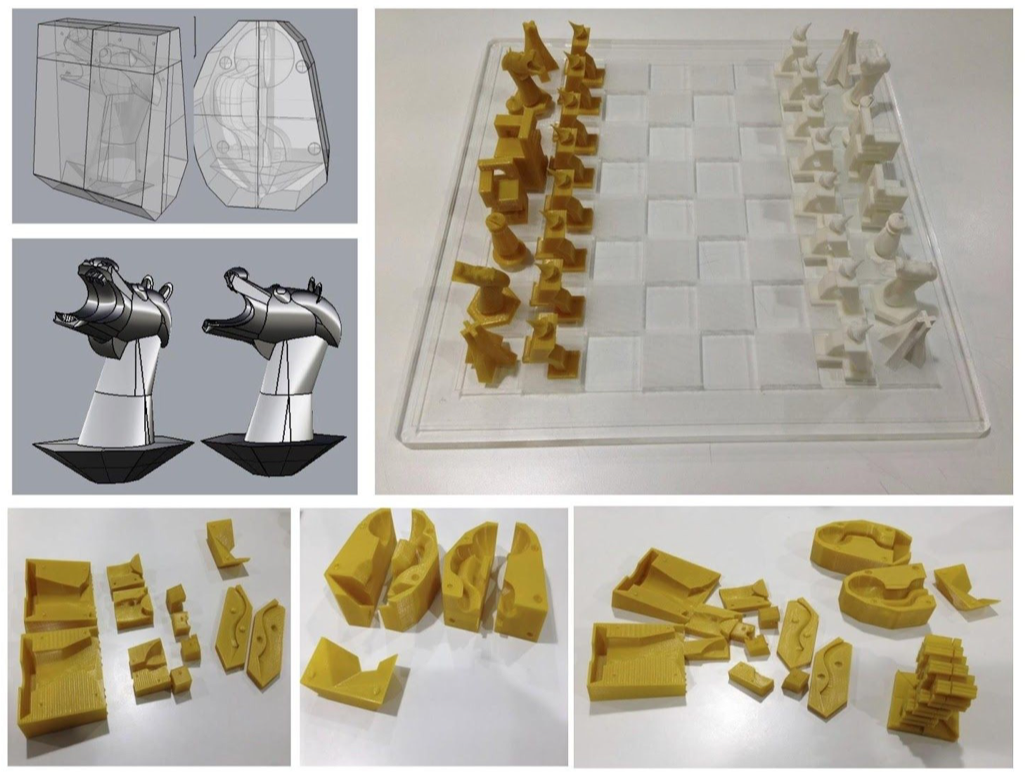
TEACHER NOTE: Some of the chess pieces are 3D printed and some are molded from Model Magic® and painted with a coat of Mod Podge® for protection. For the board, students can simply modify an existing chess board to suit the theme or create an original board with cardboard and drawing or painting supplies.
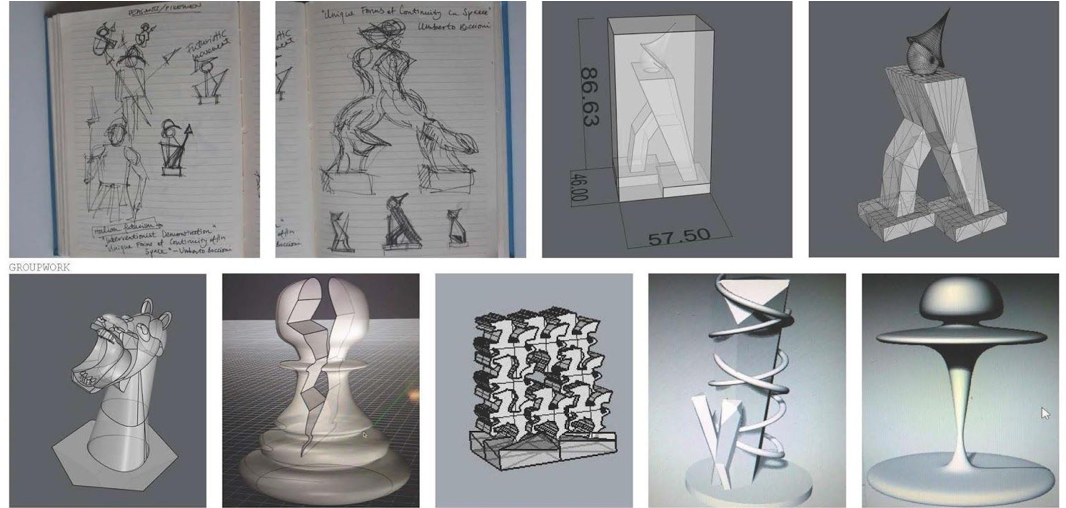
Self- Work Critique
Previous to handing in final chess pieces, students are asked to reflect on the quality of their work. This can be simply accomplished by having students write 1, 2, or 3 on the top of their paper.
In addition to the number, students write a brief explanation of their self-evaluation.
Extension: In FabLab Madrid CEU the students worked on the manufacture of a chess game aimed at blind children, modeling the pieces with a computer-aided design program and learning to generate the files that allowed them to manufacture the pieces with 3D printing technologies. See blog post at https://fablabmadridceu.com/2017/05/07/el-colegio-ceu-sanchinarro-en-fablab-madrid-ceu-gracias-a-ceu-investiga/
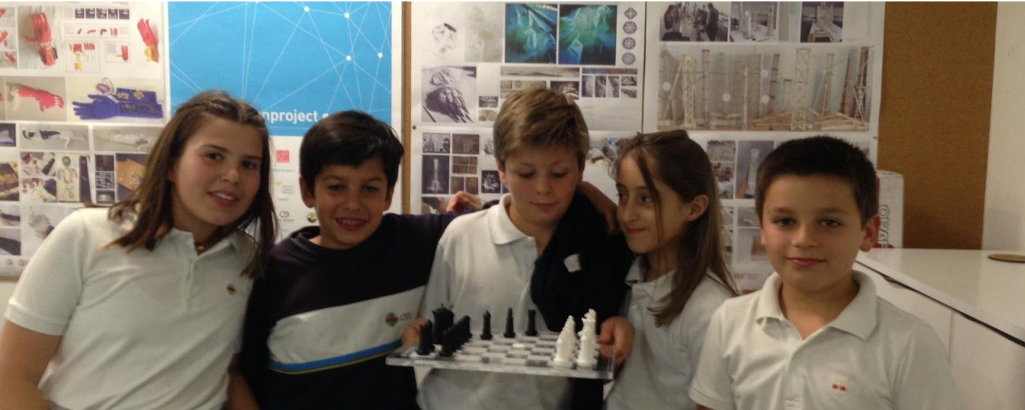
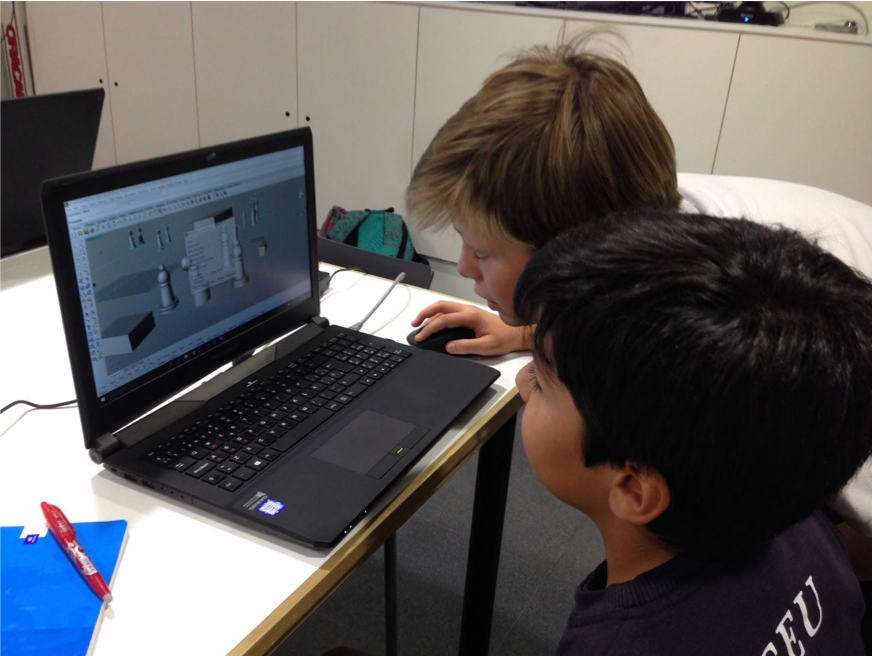
Having trouble? Let us know by completing the form below. We'll do our best to get your issues resolved quickly.
"*" indicates required fields